Ho Chi Minh City: Houses for rent still have a positive occupancy rate of 65% or more, on the contrary, street-front townhouses have very few tenants and are often vacant.
VnExpress 's records show that from the beginning of the second quarter to May 21, the rental housing market in Ho Chi Minh City is strongly divided into two halves: light and dark. Specifically, rental housing in the segment under VND3.5 million per month, located 10 km or more from the center, serving the majority of students and workers with average income (under VND12 million per month) recorded an occupancy rate of 90-95%. The rental housing segment priced at VND3.5-5 million per month, located 3-6 km from the center, serving workers with good income (from VND13-20 million per month) also achieved an occupancy rate of 85-90%.
For the rental housing segment priced at over VND5-7 million per month, there are signs of slight fluctuations with an occupancy rate of 80%, after each six-month or one-year contract expiration, 20-30% of the number of tenants check out, having to find new tenants. Rental housing priced at VND8-15 million per month or more has an occupancy rate that drops to 70-75%, with regular tenants checking out. The rental housing segment priced at USD1,000 per month or more has a weaker occupancy rate of 65-70%, but is still at a positive level.
In contrast to the ideal occupancy rate of rental houses for residential purposes, the number of street-front houses for rent in the central area of Ho Chi Minh City is quite gloomy, with many vacant lots. Since April, walking along Ngo Duc Ke, Ho Tung Mau, Ly Tu Trong, Hai Ba Trung streets, Nguyen Trai fashion street, and Bui Vien Western street (District 1), street-front houses that were once bustling with business are now vacant in large numbers.
The situation of many brands withdrawing also happened around the Notre Dame Cathedral - City Post Office roundabout. Mellower Coffee located in the Metropolitan building closed at the end of April. Recently, eDiGi, an authorized Apple (APR) premium retail store in the Vietnamese market, belonging to the business system of billionaire Jonathan Hanh Nguyen, located next to the City Post Office, also returned the premises. Nearby, Saigon La Poste Cafe moved out and has not yet found a new tenant. Next to the book street, McDonald's store withdrew a long time ago but this premises is still vacant.
Previously, the frontage townhouses in the core of District 1 were rented by big brands, small and medium-sized enterprises or individual businesses, but now old tenants are leaving one after another, new tenants have not arrived, causing the vacancy rate to increase.
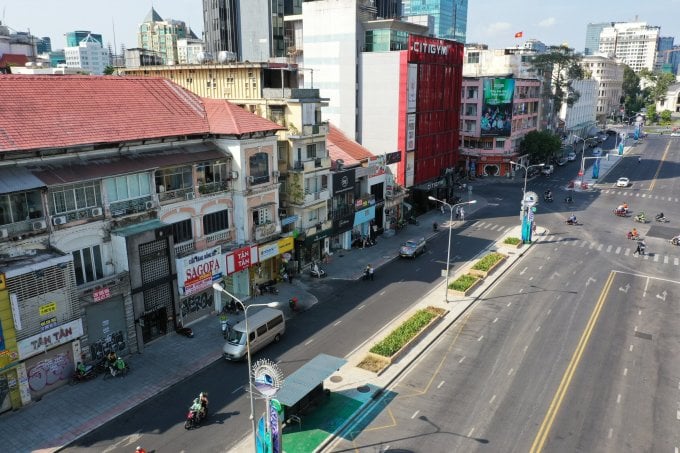
Townhouse for rent on Le Loi street frontage, District 1, HCMC. Photo: Quynh Tran
Looking at the above developments, Mr. Le Quoc Kien, an independent real estate expert, assessed that the rental housing market is clearly divided into two halves: light and dark. The bright half is low-cost or affordable housing real estate, belonging to the consumer real estate group, which can be classified as essential needs, and has maintained a good occupancy rate since the post-pandemic recovery period. However, street-front townhouses for rent as offices or business premises in central areas, typically District 1, are under pressure as demand declines and the economy struggles.
Mr. Kien analyzed that during the 2020-2021 epidemic period, almost all businesses that needed to use premises had to close and reduce their scale. From the second quarter of 2022, the gradual reopening of new business activities began, and the search for premises became more active again.
However, the negative effects of the pandemic, in addition to inflation, war, and the specter of a global recession, have begun to take their toll: global consumers are tightening their spending, and businesses are still facing many difficulties and have not yet recovered to the pre-pandemic stage. Therefore, the demand for office space and business premises is still low, which is the reason why many street-front townhouses in the central area are currently vacant.
According to Mr. Kien, from the beginning of the year, the economy has shown many difficulties and challenges, businesses tend to "defend" rather than "attack", prioritizing cost cutting and ineffective business areas.
When business operations are unstable, businesses will tend to gradually shift from "fixed costs" to "variable costs". For example, instead of renting offices or fixed business premises, they will reduce their fixed scale and switch to a flexible working model that does not depend too much on premises.
Instead of renting business premises, offline sales points, whether successful or not, still incur fixed costs, tenants are gradually shifting to cost-saving business forms. Accordingly, they only incur costs when they have revenue such as: costs to place online orders, promotional costs for orders delivered without using on-site premises, costs paid to sales intermediaries (agents, e-commerce sites) when products are sold.
In addition, the rapid change in consumer behavior during the pandemic, gradually shifting offline transactions at stores to online, also gradually reduces the position and demand for premises for street-front townhouses in central areas.
Mr. Kien also said that one of the reasons why many street-front houses for rent are currently deserted is because the majority of the owners of the premises are people with strong financial potential. The income from this rental activity is not necessarily vital to them. Besides, they are also people with big egos, do not like the feeling of being forced to pay lower rents. Therefore, when being bargained for a lower price than before, the landlords would rather leave the premises empty.
On the contrary, in the affordable or mid-range housing segment, landlords can negotiate prices more easily, and the rental price is also moderate, supply and demand meet, so the vacancy rate is low.
Vu Le
Source link








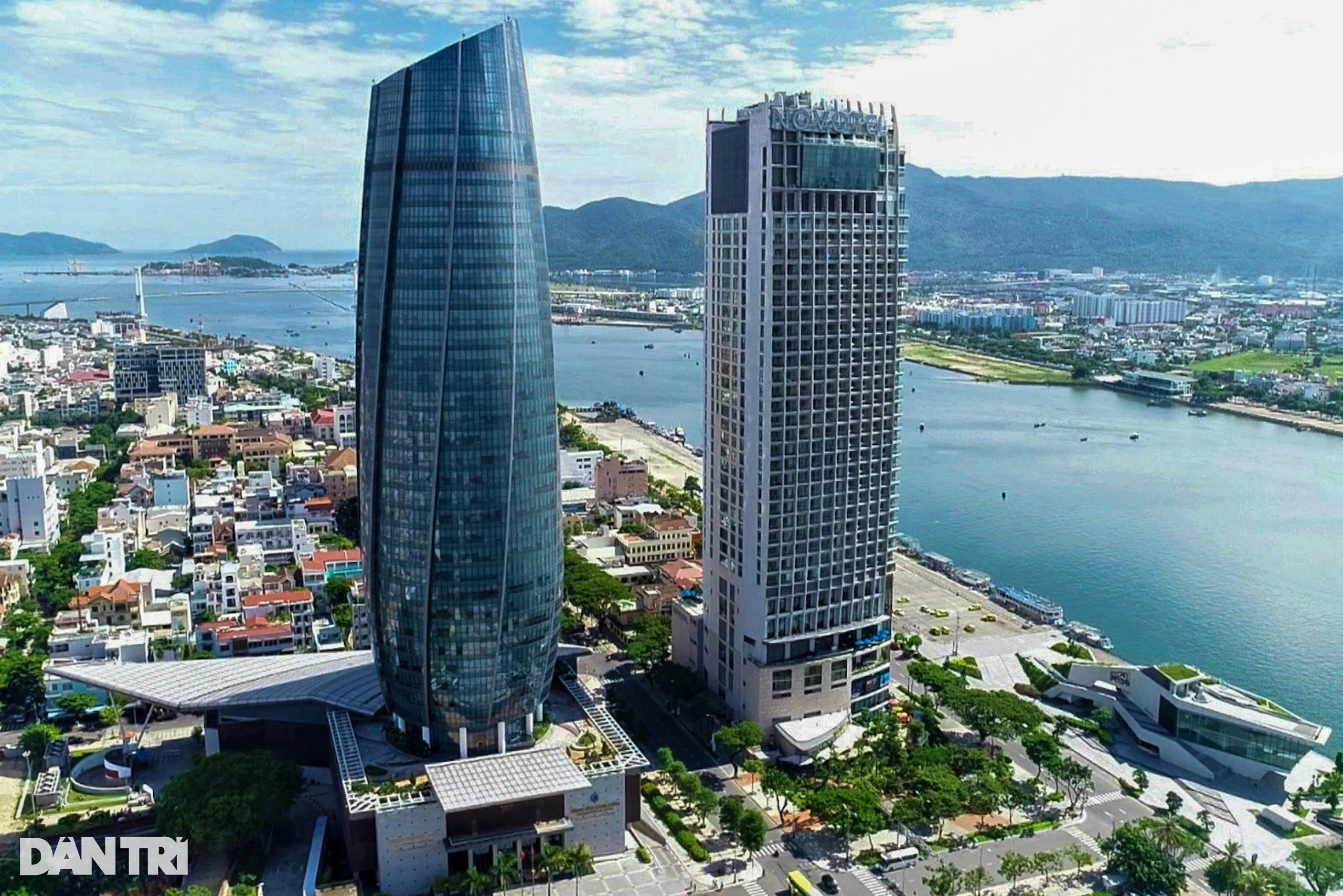



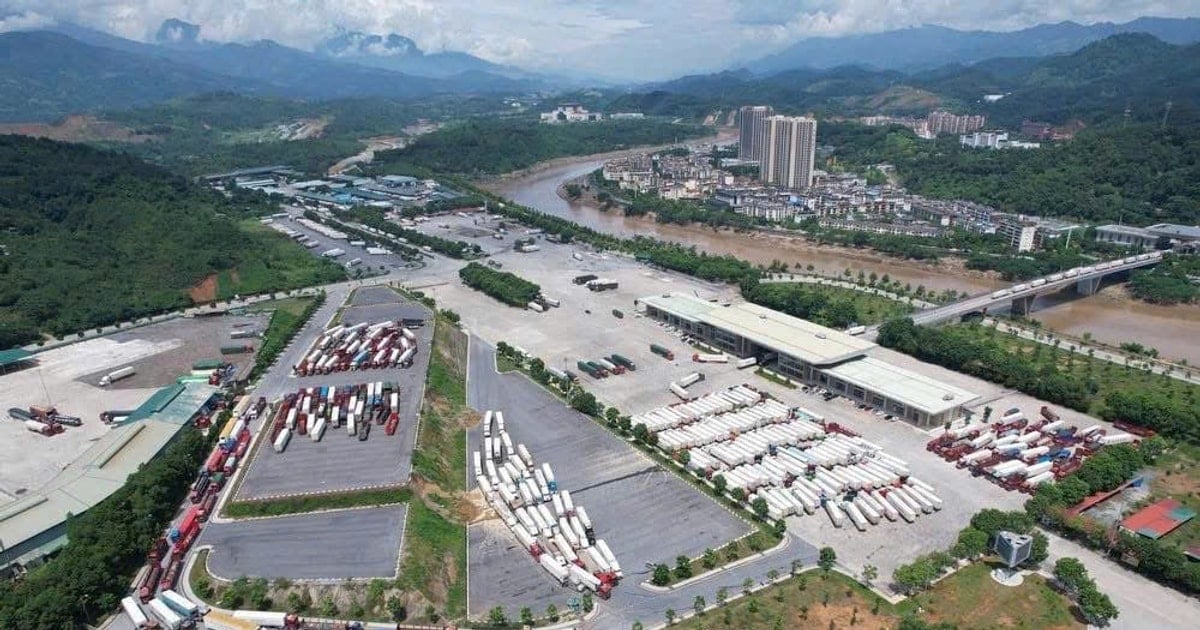



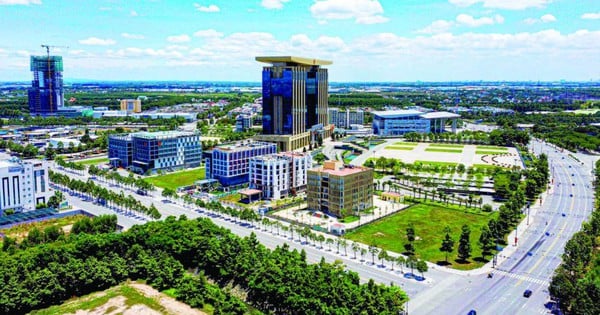
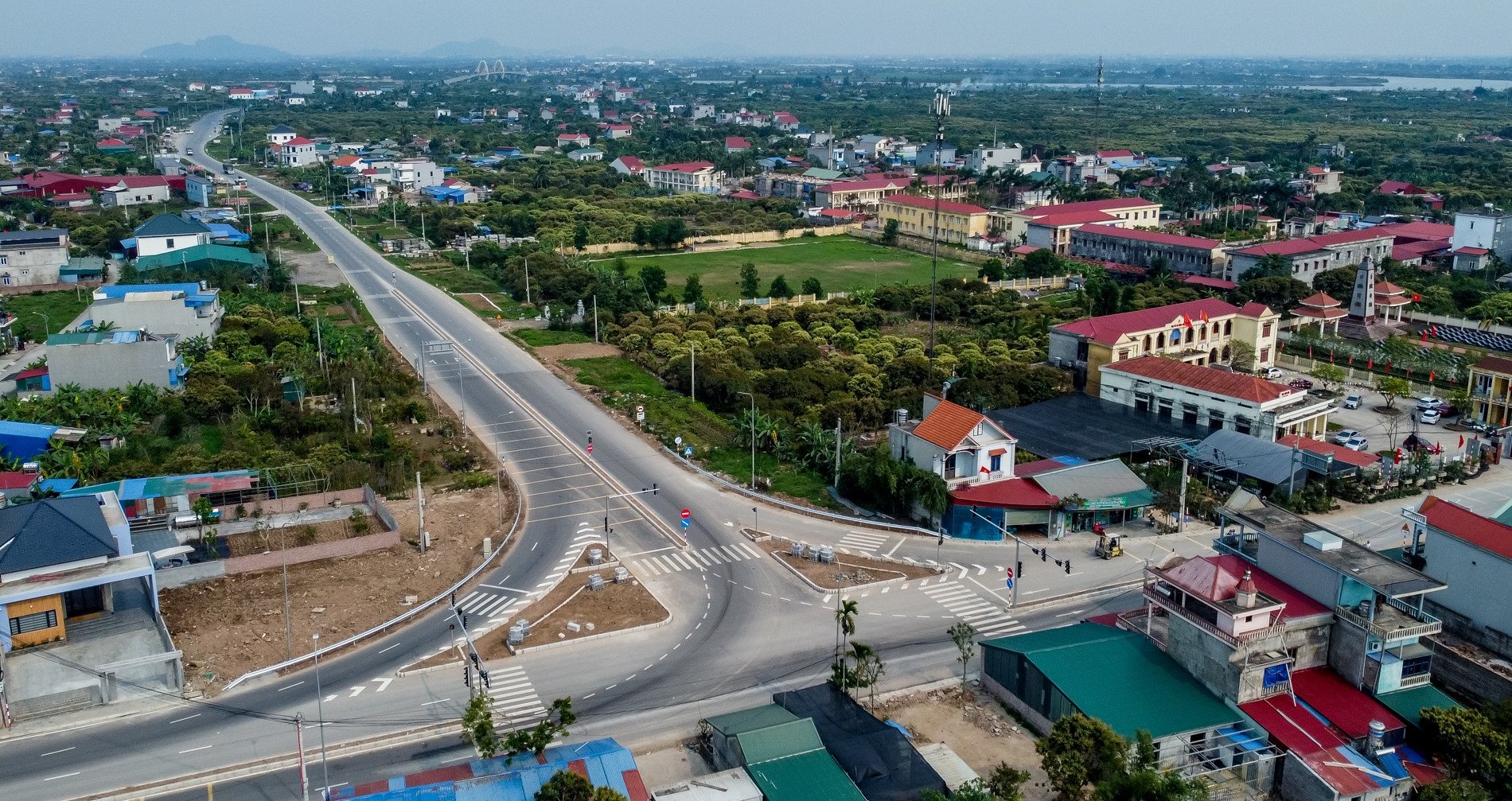



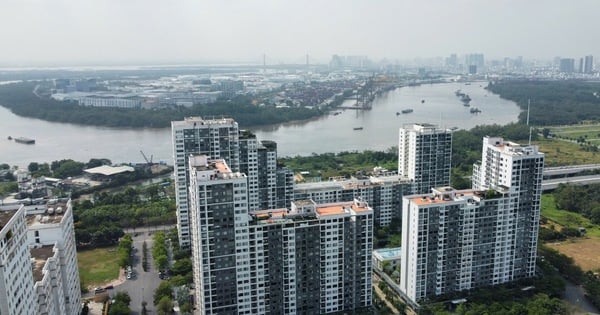










![[Photo] "Beauties" participate in the parade rehearsal at Bien Hoa airport](https://vstatic.vietnam.vn/vietnam/resource/IMAGE/2025/4/11/155502af3384431e918de0e2e585d13a)















































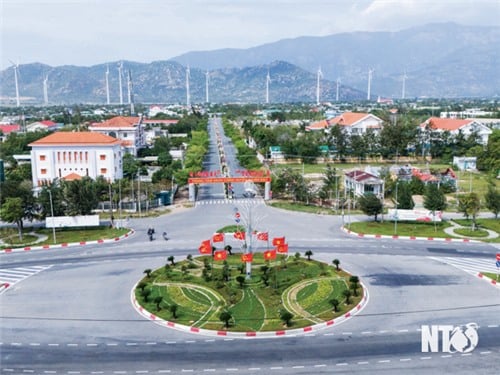



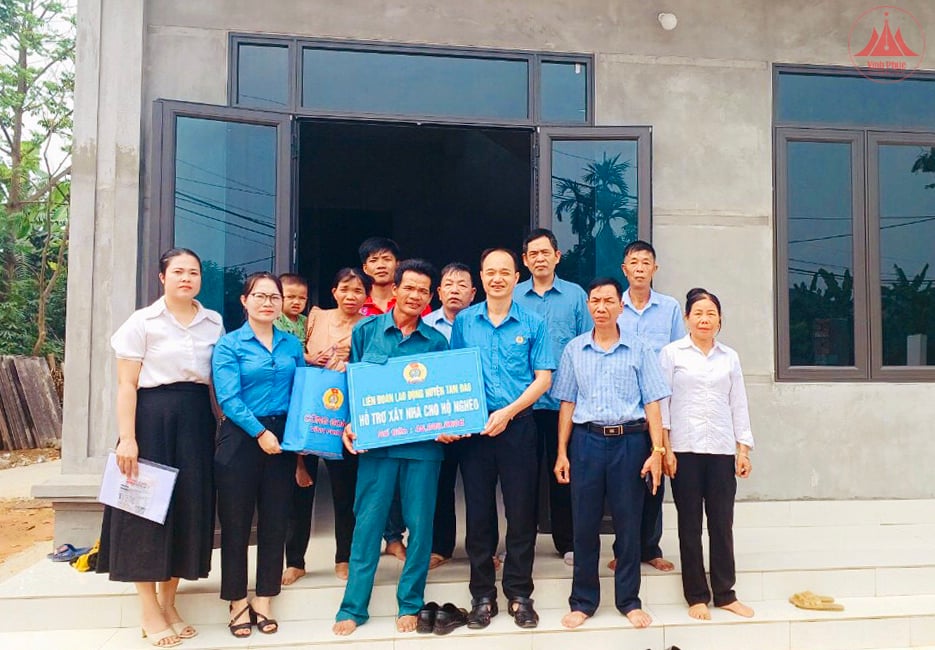














Comment (0)